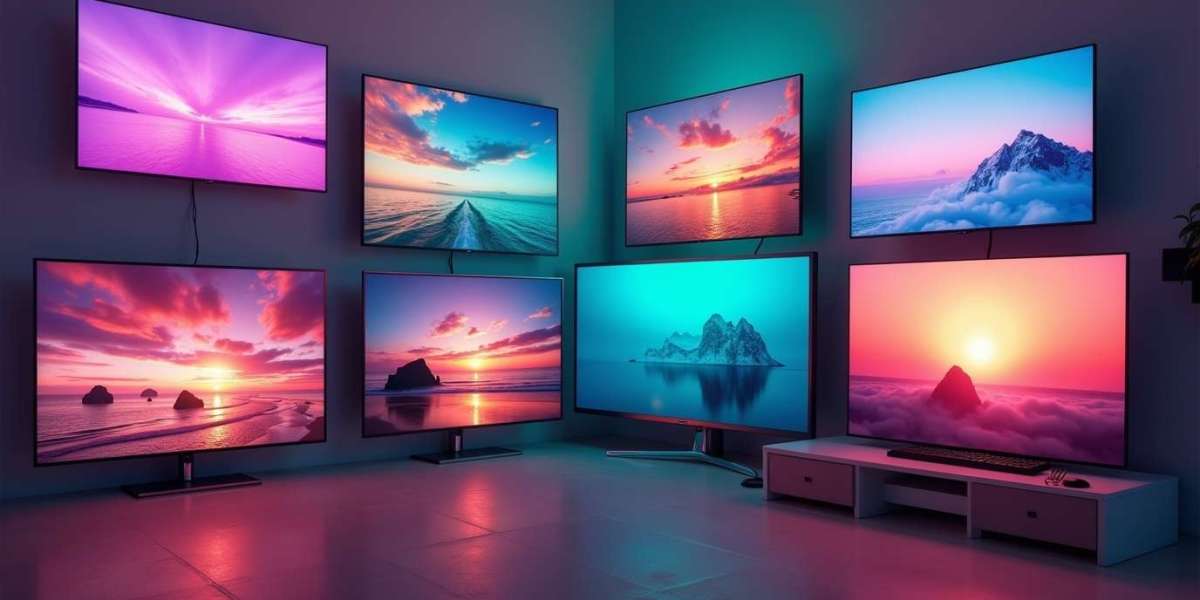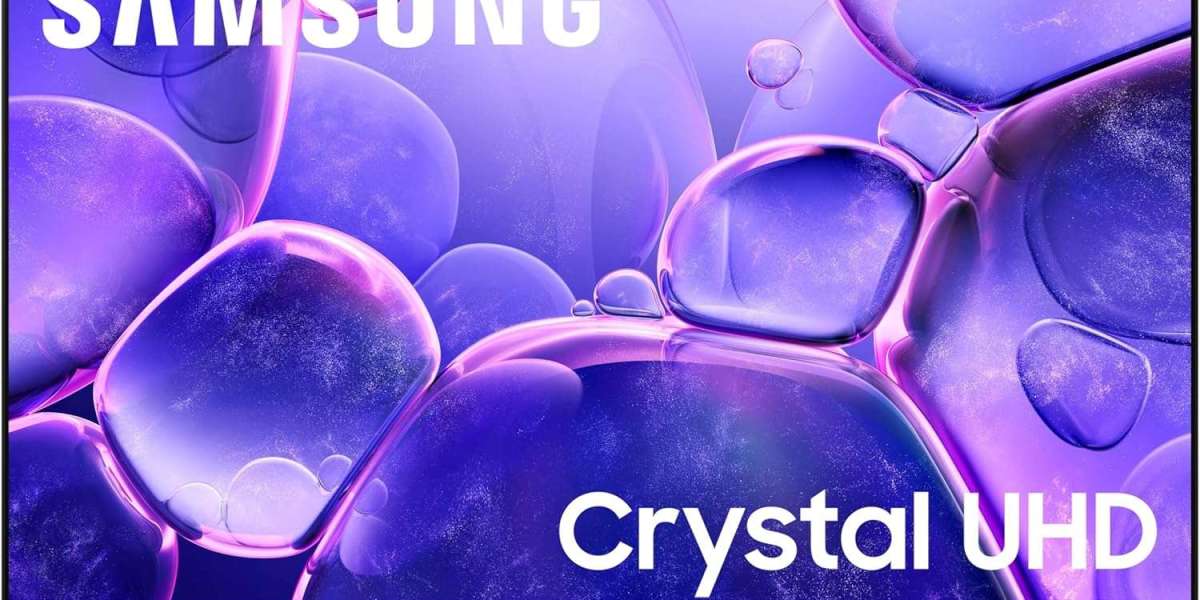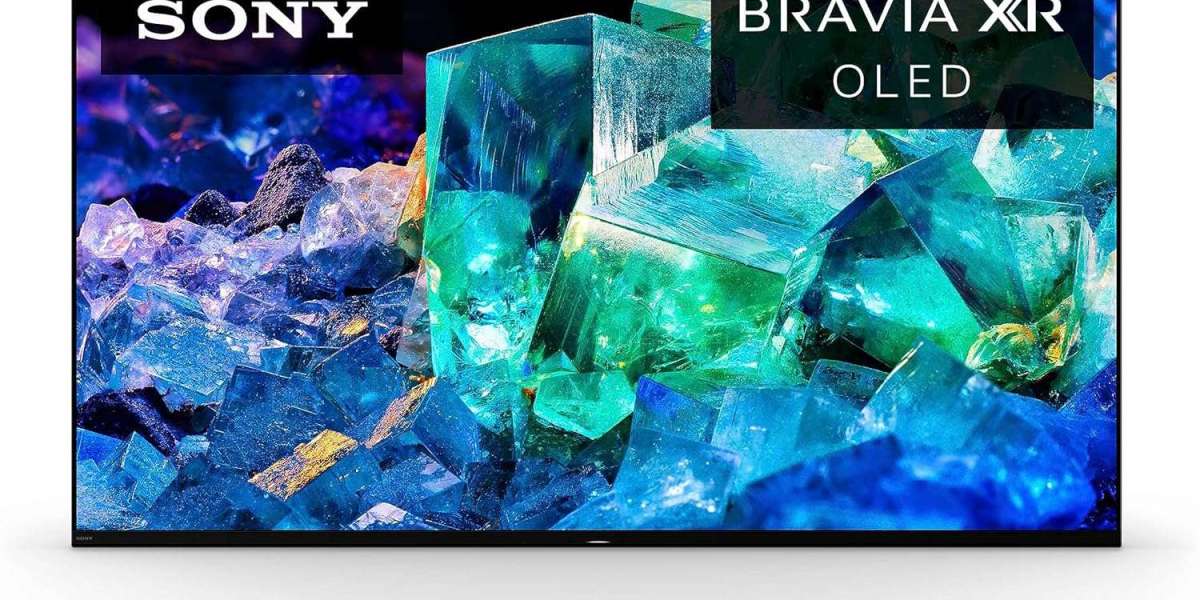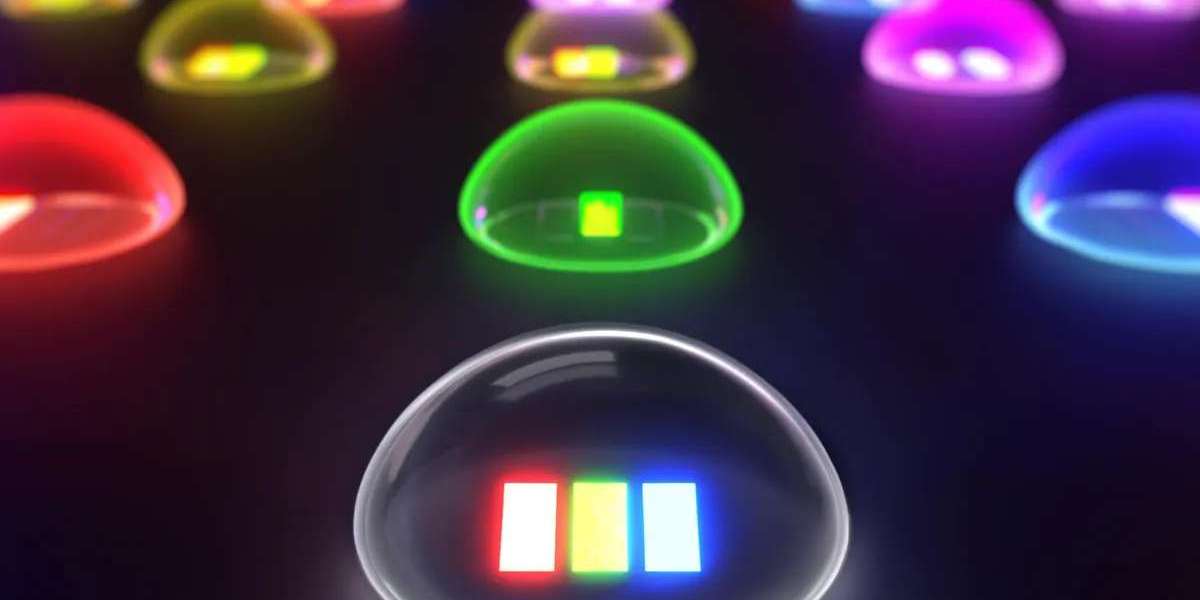Understanding the difference between Dolby Vision and Dolby Vision 2
When it comes to the world of home entertainment, technological advancements continue to redefine the viewing experience. Dolby, one of the leading brands in digital entertainment, has introduced Dolby Vision and more recently, Dolby Vision 2. Understanding the differences and improvements of the latter can be quite tricky. In this article, we aim to shed light on this.
What is Dolby Vision?
Dolby Vision is a type of HDR (High Dynamic Range) technology that aims to enhance the viewing experience with superior brightness, contrast, and color. In essence, Dolby Vision is an end-to-end solution for High Dynamic Range (HDR) content, from content creation to distribution, and final display at consumer-end devices, creating an immersive and lifelike visual experience.
Dolby Vision's Unique Features
What sets Dolby Vision apart from other HDR formats is its use of dynamic metadata. While most HDR formats use static metadata, Dolby Vision uses dynamic metadata that processes each scene's color, brightness, and contrast in real-time. This means that the visual presentation optimizes frame by frame, providing a more accurately calibrated image regardless of the scene’s lighting conditions.
Introducing Dolby Vision 2
Building on the ground-breaking technology that Dolby Vision brings, Dolby Vision 2 enhances it even further. Despite the original Dolby Vision already setting high standards, Dolby Vision 2 introduces more efficient video coding, improved dynamic metadata, and is compatible with a wider range of devices, broadening its overall accessibility.
Dolby Vision 2's New Features
The most notable improvement in Dolby Vision 2 is its more efficient video coding. This means that the same high-quality Dolby Vision content will require less bandwidth and storage, reducing the burden on distribution networks, and making it more friendly to streaming platforms. In addition, Dolby Vision 2 introduces a host of technical enhancements such as more refined dynamic metadata processing, resulting in even more detailed and accurate color representation.
Conclusion
As viewing technology continues to evolve, Dolby stays at the forefront by constantly upgrading its vision tech. While both Dolby Vision and Dolby Vision 2 offer exceptional viewing experiences, Dolby Vision 2 brings further improvements in efficiency and device compatibility. The end goal remains the same: to deliver the most lifelike images possible to your screen, creating an immersive and engaging viewing experience.






